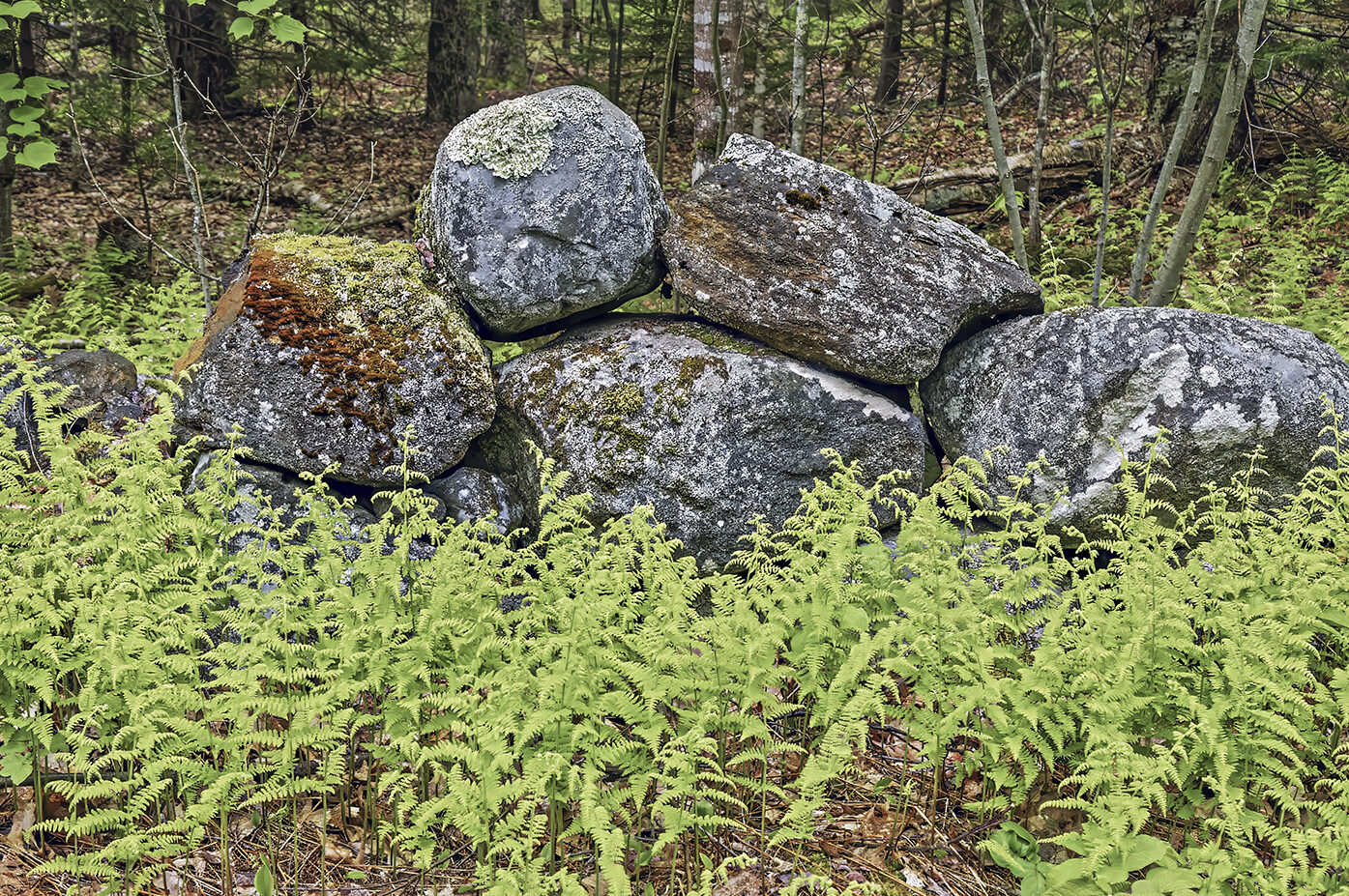Photos and text by James McCarthy, Brunswick, Maine
On Memorial Day my poet friend Gary Lawless and I went on a seven-mile walkabout on Sears Island. A chestnut-sided warbler greeted us soon after our arrival. Its song is sometimes described as a short ditty: “Pleased, pleased, pleased to meetcha!” Even though this is what male chestnut-sided warblers sing to attract a mate, we chose to take it as a friendly greeting to both of us as we explored its homeplace.
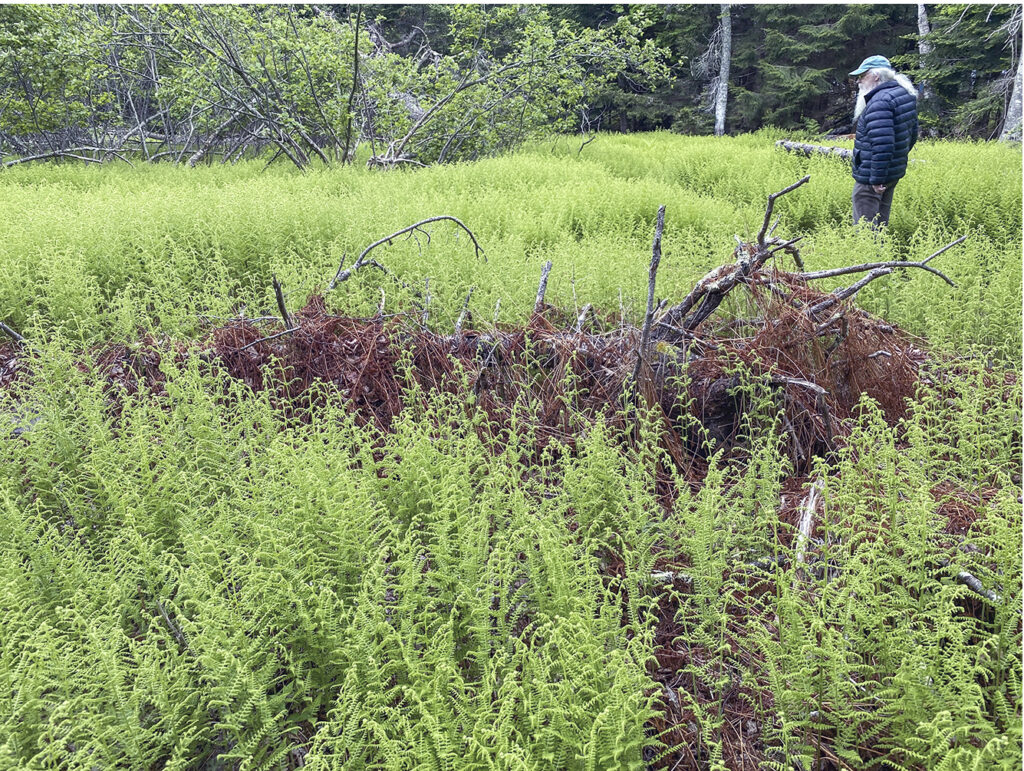
We made this visit to see for ourselves what’s at stake under the Maine Department of Transportation’s announced preference to build a $760 million wind-energy port on a 100-acre section of the 941-acre Sears Island. For more than four hours we listened to wind move through grasses and trees. For almost two hours we did not see another person. Bird song and wind provided the soundtrack for our walkabout. Mostly, we walked in silence: Taking it all in as we became acquainted with this place.
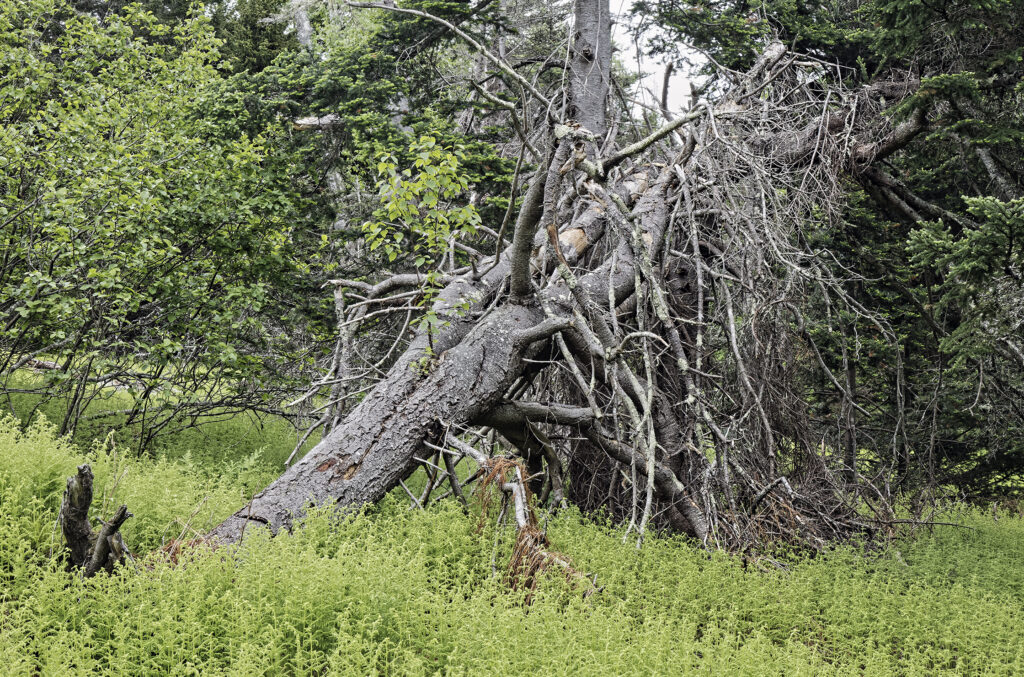
We marveled at all the ferns — thousands and thousands of emergent yellow-green ferns filling the edge niches bordering the forest and the trails. In their own way, the ferns were walking with us as we made our way to the southern point of Sears Island overlooking Penobscot Bay.
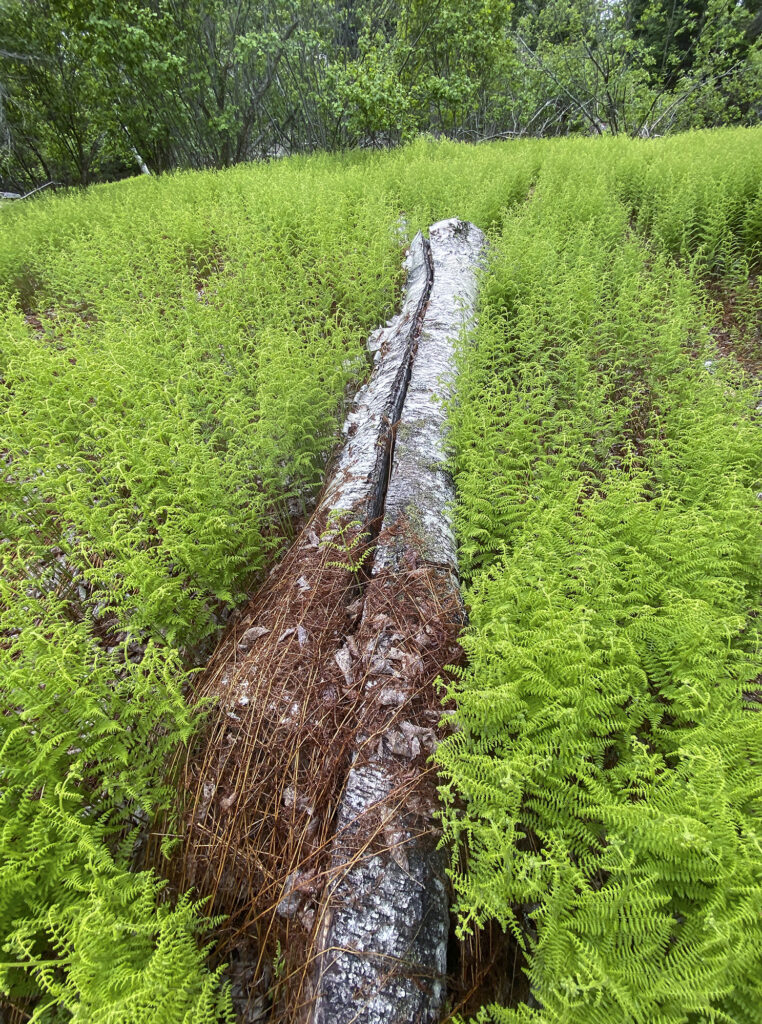
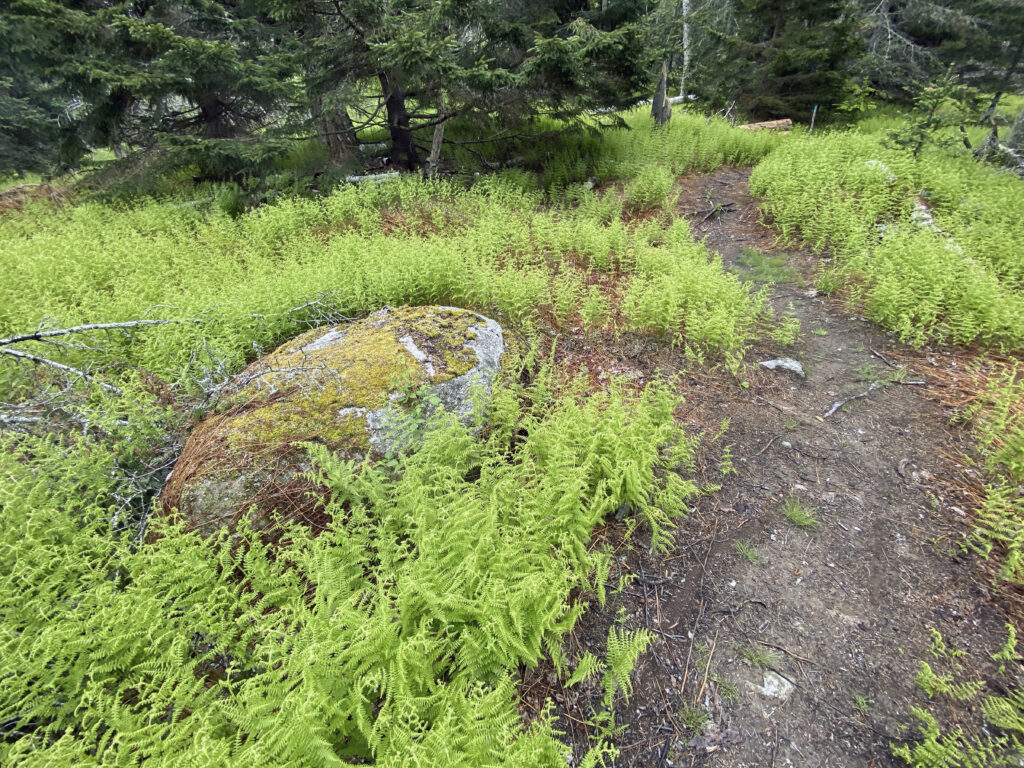
We were mindful of the people who spent time here long before: the ancestral Wabanaki who named the island Wassumkeag, a word meaning “bright sand beach,” which made the island an important navigation beacon for the Wabanaki as they paddled their birchbark canoes to and from the various islands and peninsulas of Penobscot Bay.
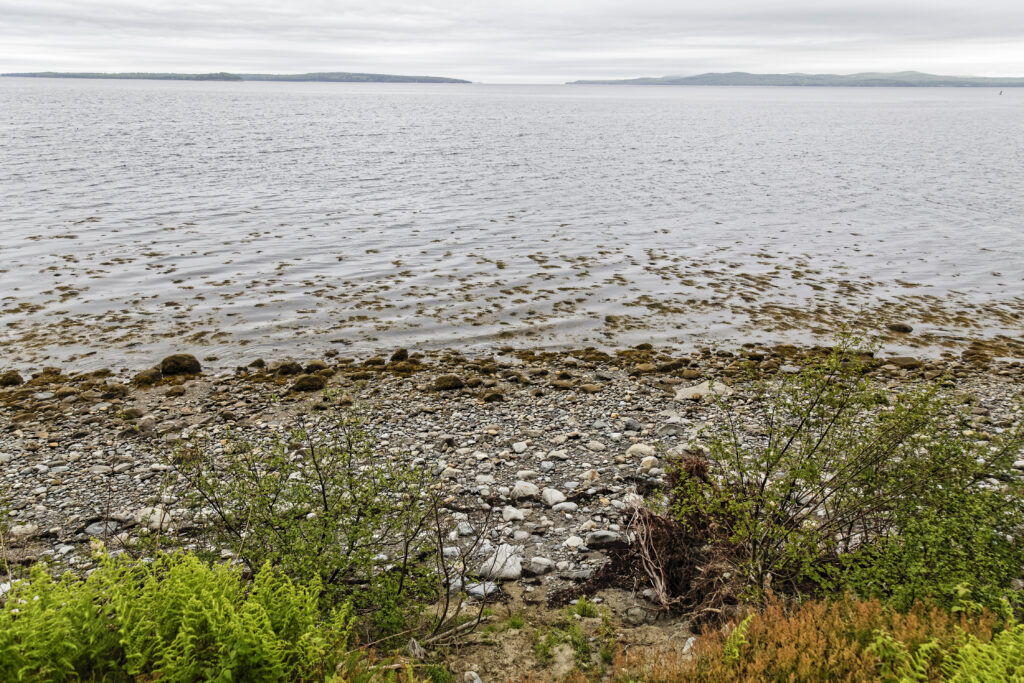
At the southern tip of the island looking out over Penobscot Bay at North Islesboro, we listened to harking gulls and calm ocean waters slip-sliding over smooth stones and seaweed.
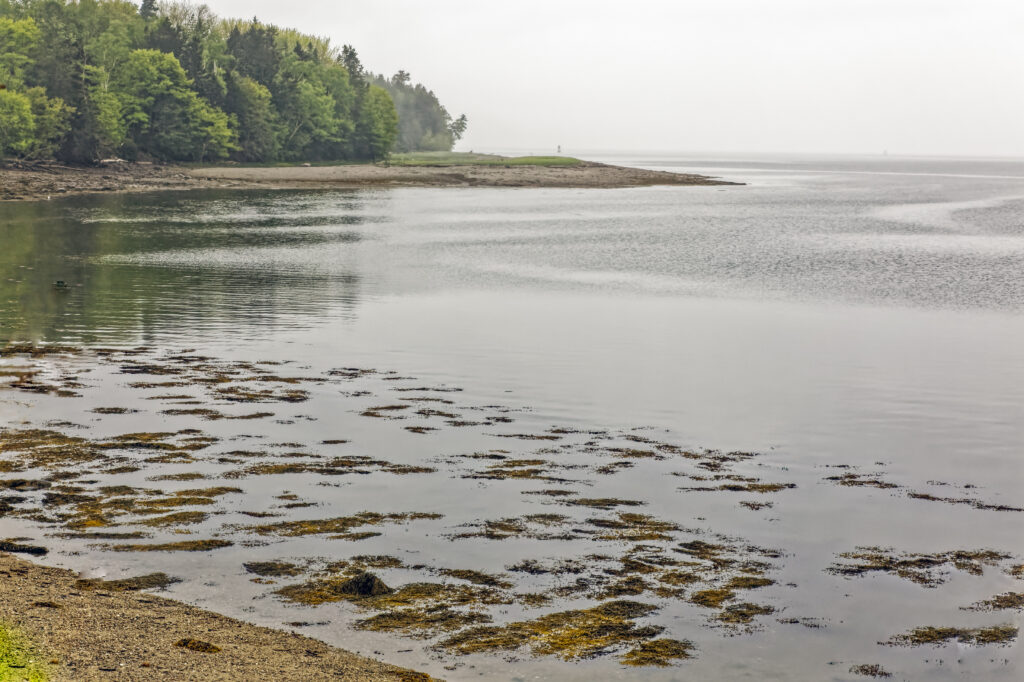
Our walkabout eventually took us to the designated “transportation parcel,” where the state wants to build a port facility to support the manufacturing, assembly and launching of floating offshore wind turbines for eventual placement in the Gulf of Maine. From the vantage point of a tumbled-rock jetty we looked across the cove to the industrial site of Mack Point in Searsport. It has significant dock frontage, extensive facilities such as warehousing and liquid tank storage and access to a nearby rail line.
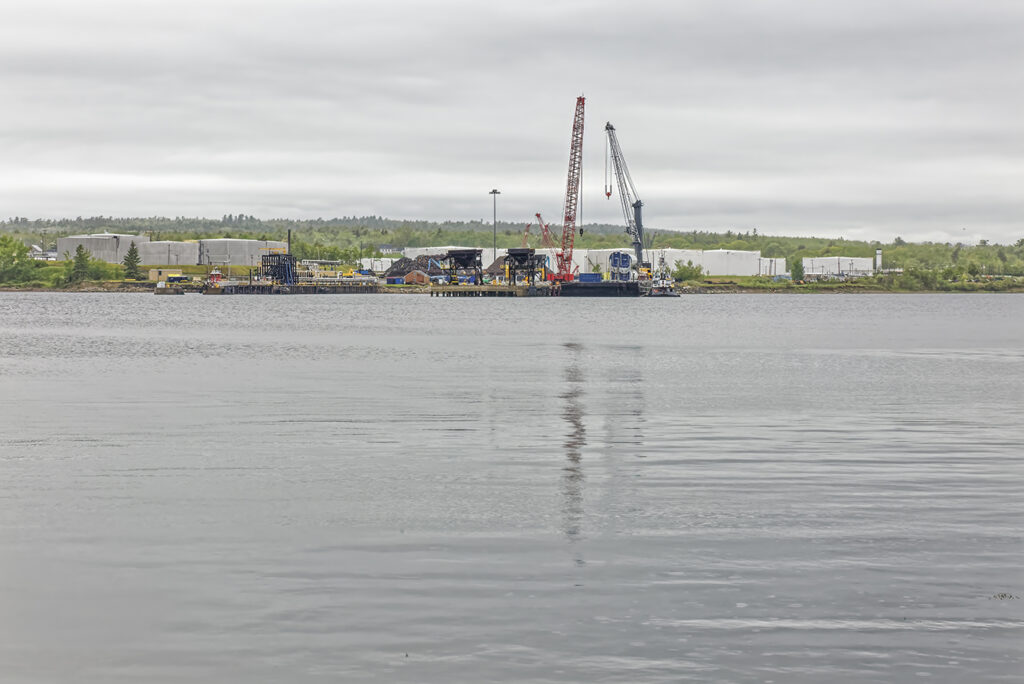
Neither of us can fathom why the state prefers to transform a significant section of Sears Island into an industrialized site when there’s already an industrialized port site a stone’s throw away at Mack Point? Especially when the energy company Sprague, which already operates a full-service terminal there, offers a viable alternative that would spare Sears Island from all the clearing, grading and earth removal and destruction of forest and tidal-zone habitats that is called for in the state’s proposal.
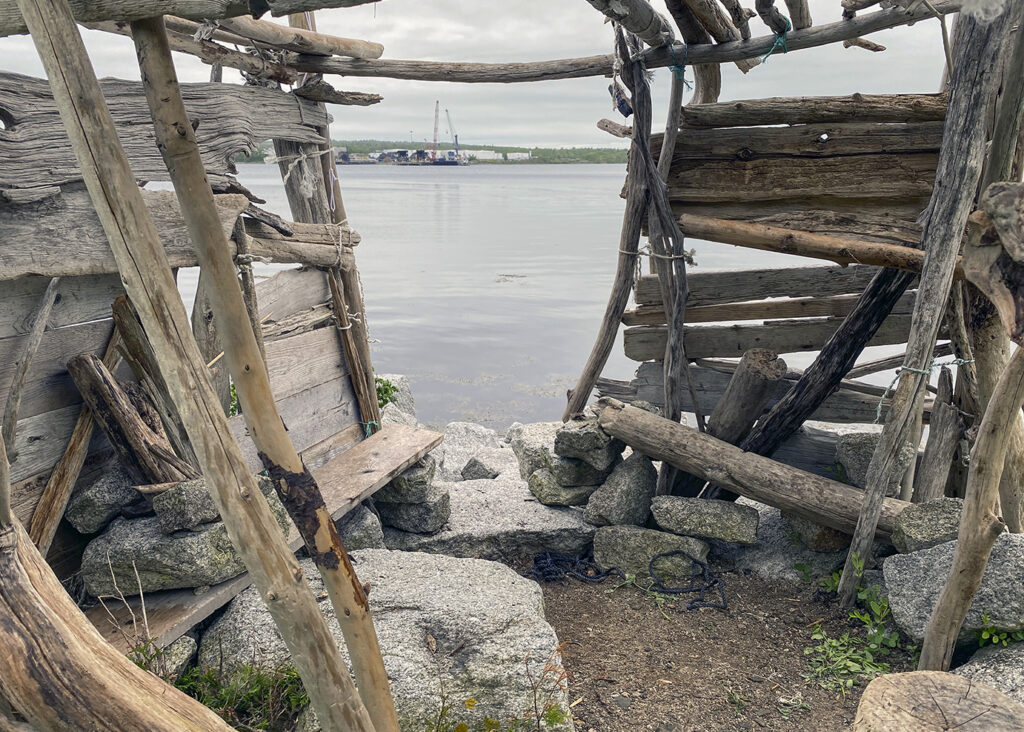
James McCarthy is a retired journalist who served as managing editor of The Times Record and as digital editor of Mainebiz. Following his retirement in 2019, Jim turned to photography, creating ‘zines that challenge people to consider their surroundings. From racial and economic justice to Maine’s changing rural landscape to securing full sovereignty for the Wabanaki tribes in Maine, he continues to tell stories that are as meaningful as they are thought-provoking. In 2023, Jim was inducted into the Maine Press Association Hall of Fame. He lives in Brunswick with his wife, Linda.
A project of volunteers who care deeply about Sears Island
